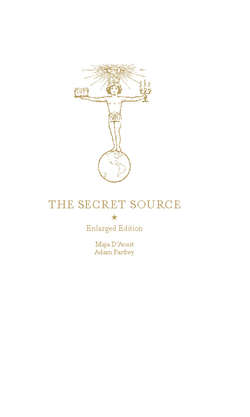Читать книгу The Secret Source - Maja D'Aoust - Страница 8
На сайте Литреса книга снята с продажи.
{SECTION ONE} HEALTH, WEALTH, AND THE ORIGINS OF THE MIND CURE
ОглавлениеIN THE LATE nineteenth century, Americans were moving away from farms and small towns and pouring into cities with millions of new Catholic and Jewish immigrants.
With its doctrine of doom and depravity, hellfire and damnation, Calvinist Puritanism, the primary religion of post-Revolutionary America, seemed increasingly at odds with the large, beautiful, untamed land, with its freedom of church and state and endless possibilities.
The popularity of Freemasonry and other secret societies catapulted in popularity in the late nineteenth century, providing manly drinking clubs and extravagant pomp and ritualism to its members. These deist clubs threatened the Catholic church to such a degree that in 1884, Pope Leo XIII issued the “Humanum Genus,” a papal encyclical condemning Freemasonry. Catholics, wishing to join a fraternal order that offered similar insurance programs and quasimilitaristic regalia, were offered instead the ability to join another sort of fraternal organization, The Knights of Columbus, around the same time. In turn, the Ku Klux Klan, a Protestant fraternal order, warned against the influx of immigrants for reasons of job security and its view that Catholics practiced demonic idolatry.
Immigrants to the new land often embraced a less orthodox variety of the European version of their faith. Reform Jews were particularly interested in integrating themselves into society at large, rejecting messianic nationalism and kosher practices. Unlike their Orthodox brethren, Reform rabbis were expected to receive a secular education.
Within the fast-growing cities, a smorgasbord of disparate beliefs started to reveal themselves: Theosophy, Ariosophy, Buddhism, Hinduism, Rosicrucianism, Mystical Christianity, Spiritualism, Mediumism, and hundreds of occult and fraternal orders.
The New Thought movement was created and expanded during this “Gilded Age” of the late nineteenth century, a time of delirious industrialization, of robber barons and shady business practices. During the early 1890s, the world economy tailed into a recession. Banks foreclosed on farms and farmers moved into cities, where they often had to learn the sales trade, and how to convince others to purchase inessential goods.
In America, the old faiths were changing guard, obscure faiths were showing their faces, and new faiths began to grab people’s attention.
The revolutionary idea of New Thought was to make God and extraordinary possibilities accessible to all. All one needed to change reality was the ability to change one’s mind.
The central concept of New Thought, that thoughts have presence in the material world, is derived mostly from ancient sources, Hermetic sources, that likely predated Christianity. According to Hermetic philosophy, all matter is made either as a thought in the mind of God, or as a word emanating from the mouth of God.
How exactly did this ancient Hermetic knowledge make its way into the New Thought movement? The first avenue was through Franz Anton Mesmer.
